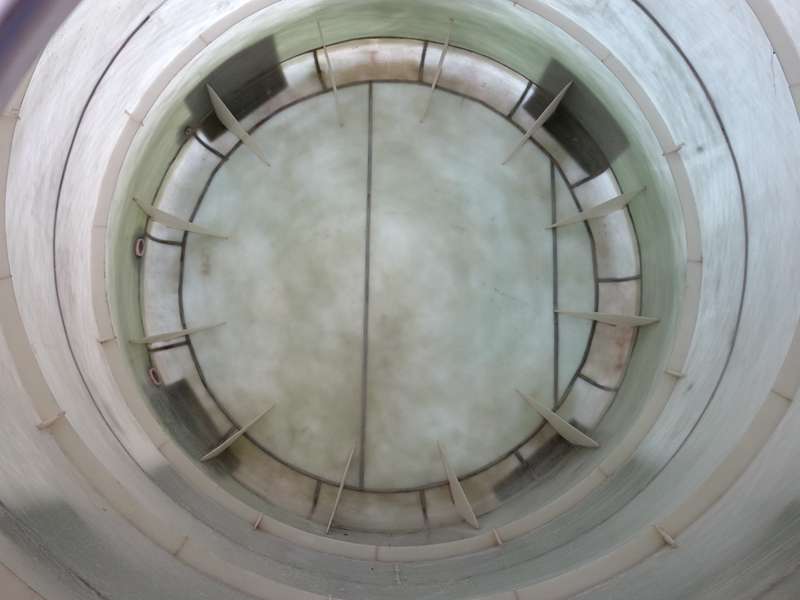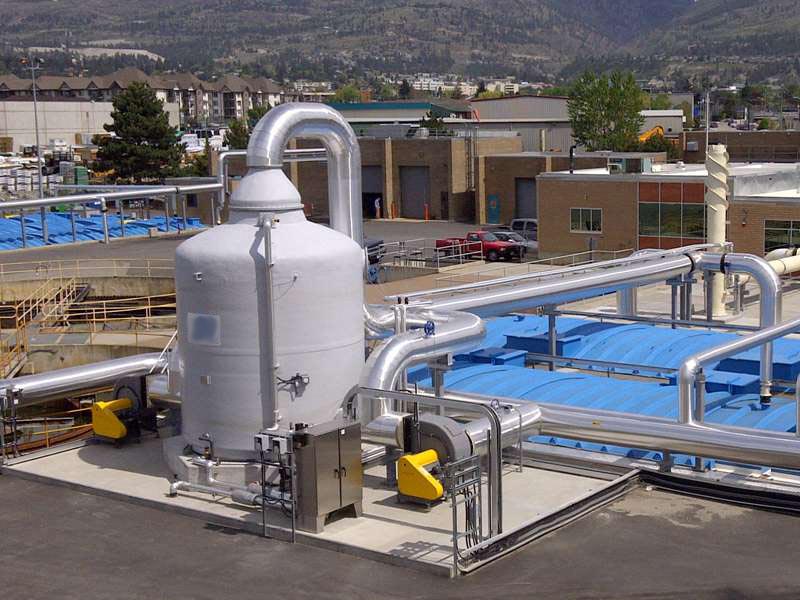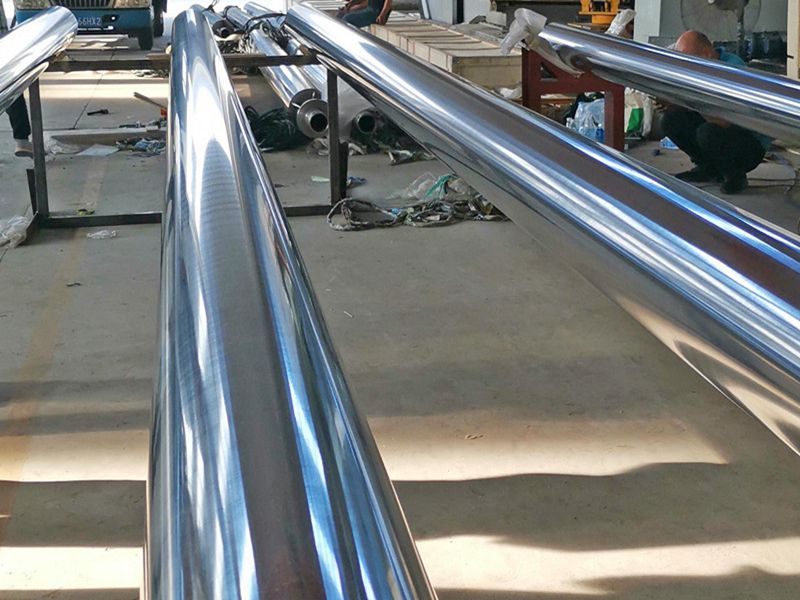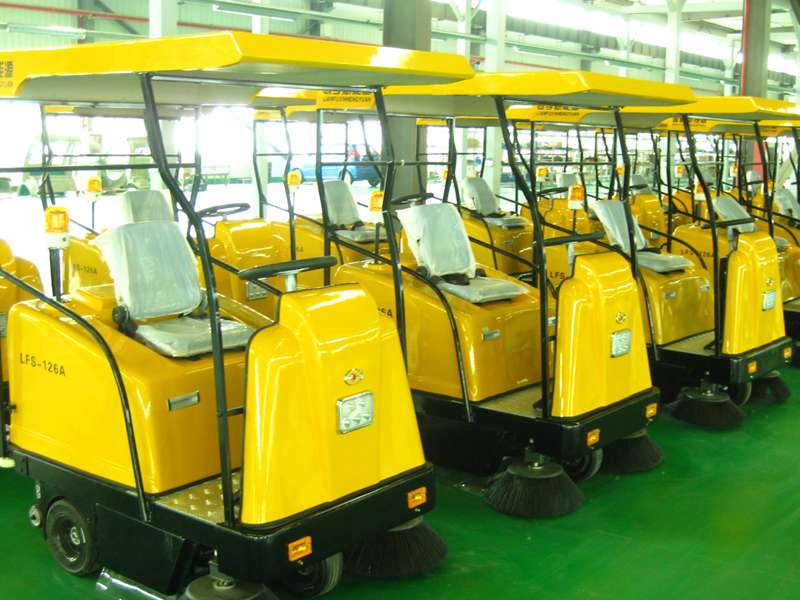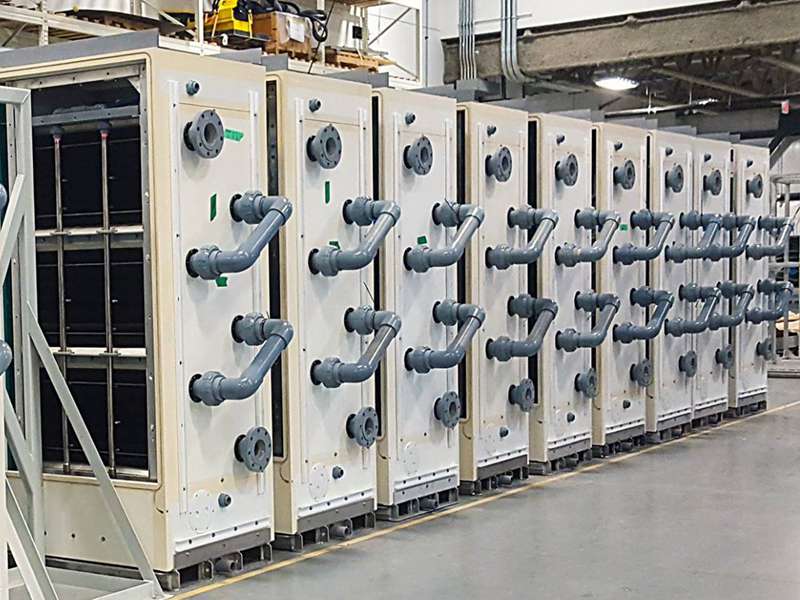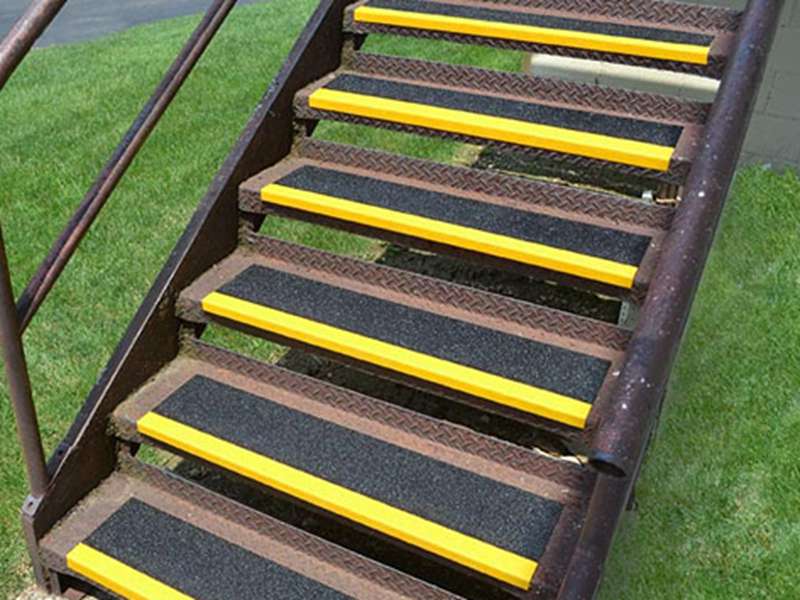
-
 Afrikaans
Afrikaans -
 Albanian
Albanian -
 Amharic
Amharic -
 Arabic
Arabic -
 Armenian
Armenian -
 Azerbaijani
Azerbaijani -
 Basque
Basque -
 Belarusian
Belarusian -
 Bengali
Bengali -
 Bosnian
Bosnian -
 Bulgarian
Bulgarian -
 Catalan
Catalan -
 Cebuano
Cebuano -
 China
China -
 China (Taiwan)
China (Taiwan) -
 Corsican
Corsican -
 Croatian
Croatian -
 Czech
Czech -
 Danish
Danish -
 Dutch
Dutch -
 English
English -
 Esperanto
Esperanto -
 Estonian
Estonian -
 Finnish
Finnish -
 French
French -
 Frisian
Frisian -
 Galician
Galician -
 Georgian
Georgian -
 German
German -
 Greek
Greek -
 Gujarati
Gujarati -
 Haitian Creole
Haitian Creole -
 hausa
hausa -
 hawaiian
hawaiian -
 Hebrew
Hebrew -
 Hindi
Hindi -
 Miao
Miao -
 Hungarian
Hungarian -
 Icelandic
Icelandic -
 igbo
igbo -
 Indonesian
Indonesian -
 irish
irish -
 Italian
Italian -
 Japanese
Japanese -
 Javanese
Javanese -
 Kannada
Kannada -
 kazakh
kazakh -
 Khmer
Khmer -
 Rwandese
Rwandese -
 Korean
Korean -
 Kurdish
Kurdish -
 Kyrgyz
Kyrgyz -
 Lao
Lao -
 Latin
Latin -
 Latvian
Latvian -
 Lithuanian
Lithuanian -
 Luxembourgish
Luxembourgish -
 Macedonian
Macedonian -
 Malgashi
Malgashi -
 Malay
Malay -
 Malayalam
Malayalam -
 Maltese
Maltese -
 Maori
Maori -
 Marathi
Marathi -
 Mongolian
Mongolian -
 Myanmar
Myanmar -
 Nepali
Nepali -
 Norwegian
Norwegian -
 Norwegian
Norwegian -
 Occitan
Occitan -
 Pashto
Pashto -
 Persian
Persian -
 Polish
Polish -
 Portuguese
Portuguese -
 Punjabi
Punjabi -
 Romanian
Romanian -
 Russian
Russian -
 Samoan
Samoan -
 Scottish Gaelic
Scottish Gaelic -
 Serbian
Serbian -
 Sesotho
Sesotho -
 Shona
Shona -
 Sindhi
Sindhi -
 Sinhala
Sinhala -
 Slovak
Slovak -
 Slovenian
Slovenian -
 Somali
Somali -
 Spanish
Spanish -
 Sundanese
Sundanese -
 Swahili
Swahili -
 Swedish
Swedish -
 Tagalog
Tagalog -
 Tajik
Tajik -
 Tamil
Tamil -
 Tatar
Tatar -
 Telugu
Telugu -
 Thai
Thai -
 Turkish
Turkish -
 Turkmen
Turkmen -
 Ukrainian
Ukrainian -
 Urdu
Urdu -
 Uighur
Uighur -
 Uzbek
Uzbek -
 Vietnamese
Vietnamese -
 Welsh
Welsh -
 Bantu
Bantu -
 Yiddish
Yiddish -
 Yoruba
Yoruba -
 Zulu
Zulu
Rectangular Tank with Dimensions for GRP Calculation Custom Fiberglass GRP Rectangular Tanks
- Introduction to Rectangular Tank with Dimensions for GRP Calculation
- Technical Advantages of GRP Rectangular Tanks
- Market Comparison: Leading GRP Rectangular Tank Vendors
- Customization & Sizing for Rectangular Fiberglass Tanks
- Data-Driven Performance: Key Metrics and Statistics
- Application Case Studies: Real-world Tank Deployments
- Conclusion and Future Perspectives on Rectangular Tank with Dimensions for GRP Calculation
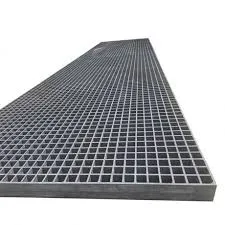
(rectangular tank with dimensions for grp calculation.)
Introduction to Rectangular Tank with Dimensions for GRP Calculation
The demand for rectangular tank with dimensions for GRP calculation continues to surge across various industries. Glass Reinforced Plastic (GRP) rectangular tanks have become integral to customized liquid storage solutions due to their flexible sizing, robust strength-to-weight ratio, and corrosion resistance. Understanding precise dimensions is a foundational step in accurately calculating volume, load-bearing capacities, and structural integrity for any tank made from fiberglass or GRP. Specifying tank length, width, height, wall thickness, and reinforcement patterns directly impacts operational safety and long-term performance, making the design phase critically important.
Technical Advantages of GRP Rectangular Tanks
GRP rectangular tanks offer significant technological breakthroughs compared to their steel or concrete counterparts. The inherent properties of fiberglass, such as high tensile strength (typically 80–150 MPa) and low density (around 1.8–2.0 g/cm³), result in tanks that are lightweight yet structurally robust. Unlike metal tanks, GRP and fiberglass tanks provide excellent resistance to chemical attack, making them ideal for storing aggressive or saline liquids. Additionally, these tanks are non-conductive and thermally stable, with extremely low thermal conductivity values (ranging from 0.15 to 0.25 W/m·K), which is essential for minimizing energy loss in temperature-sensitive applications. Installation is streamlined by the modularity of GRP panels, reducing both onsite assembly time and transportation costs.
Market Comparison: Leading GRP Rectangular Tank Vendors
The market for GRP rectangular tanks is served by several reputable manufacturers, each offering different technical competencies. The table below presents a comparative analysis of key metrics, including material specification, customizable dimensions, tank lifetime, and warranty terms.
| Vendor | Material Specification | Dimension Range (L×W×H) | Wall Thickness (mm) | Expected Lifespan (years) | Warranty (years) |
|---|---|---|---|---|---|
| GRPPro Industries | ISO 9001 Glass Fibre, Epoxy Resin Matrix | 1×1×1 m to 12×6×4 m | 8–24 | 35–40 | 10 |
| FiberTanks Solutions | ECR Glass / Vinyl Ester Resin | 1.5×1×1 m to 10×5×3.5 m | 6–18 | 30–35 | 7 |
| TankMasters Global | C-Glass/Polyester Composite | 0.8×0.8×0.8 m to 8×4×3 m | 5–20 | 25–30 | 5 |
While all vendors provide customizable options, GRPPro Industries stands out due to its extended dimension range, superior glass fibre standardization, and robust warranty policy. FiberTanks Solutions, on the other hand, offers the best chemical compatibility through vinyl ester resin, making it ideal for highly corrosive storage needs.
Customization & Sizing for Rectangular Fiberglass Tanks
Choosing a fiberglass rectangular tank involves a collaborative process between the client and the manufacturer’s engineering team. Critical parameters include internal and external dimensions, intended fluid type, operating temperature range, and any seismic or wind-load considerations. Modern GRP panel systems allow heightened customization—dimensions can typically be adjusted in 0.5 meter increments, and wall thickness is calculated in accordance with fluid specific gravity and tank height. Reinforcement ribs, corner supports, and baffle plates can be included to enhance both rigidity and slosh resistance, vital for mobile or seismic-prone applications. Some industries also require dual-compartment rectangular tanks for physical-chemical separation or process integration, a configuration that GRP assembly techniques can accommodate easily.
Data-Driven Performance: Key Metrics and Statistics
The operational excellence of a GRP rectangular tank is best illustrated with performance metrics. For instance, static burst tests indicate that well-constructed GRP rectangular tanks can withstand internal pressures up to 1.2–1.5 bar, depending on wall thickness and reinforcement scheme. Compared to steel tanks, typical failure rate due to corrosion over a 20-year period is less than 2%, whereas steel tanks average above 10%. The maintenance cycle for fiberglass rectangular tanks also shrinks dramatically—service intervals are typically set at five years or more, with most maintenance limited to joint inspection and cleaning. Below is a summary of technical performance:
| Material | Burst Pressure (bar) | Corrosion Failures (20 years) | Service Interval (years) | Thermal Conductivity (W/m·K) |
|---|---|---|---|---|
| GRP (Glass Reinforced Plastic) | 1.2–1.5 | <2% | 5–7 | 0.15–0.25 |
| Steel | 2.5–3.0 | 10%+ | 1–2 | 50–60 |
| Concrete | 1.8–2.2 | 5–8% | 3–5 | 1.6–1.8 |
GRP tanks massively outperform traditional materials in terms of maintenance demands, corrosion resistance, and insulation capacity, representing a smart investment for long-term operational efficiency.
Application Case Studies: Real-world Tank Deployments
The versatility of GRP and fiberglass rectangular tanks is reflected in a multitude of global projects. In the Middle East, a petrochemical facility recently commissioned 20 units of modular rectangular GRP tanks (each 8×4×3 m, 16 mm wall thickness) to serve as firefighting water reservoirs. The chemical stability of GRP material ensured zero internal liner replacement after five years of continuous use. In Europe, a food processing firm adopted a bank of 6×2×2.5 m fiberglass rectangular tanks outfitted with internal baffles for ingredient mixing; maintenance records show a 60% reduction in downtime compared to legacy stainless steel tanks. One innovative case in Southeast Asia entailed dual-compartment GRP tanks with thermal insulation, supporting rainwater harvesting and greywater reuse for a sustainable hospital complex. Not only did this approach reduce water consumption by 40%, but it also ensured compliance with regional health standards thanks to the inertness and hygiene of GRP surfaces.
Conclusion and Future Perspectives on Rectangular Tank with Dimensions for GRP Calculation
As custom-engineered water and process tank systems diversify, the role of rectangular tank with dimensions for GRP calculation is poised for further growth. The flexibility inherent in GRP and fiberglass rectangular tank fabrication unlocks bespoke solutions previously unattainable with rigid materials. Ongoing innovations—in resin formulation, mechanical design strategies, and digital modeling for precise dimensioning—will further enhance GRP tank performance. The convergence of data-driven engineering, modular construction, and sustainable material science makes these tanks a pivotal asset for the industries of tomorrow. For organizations seeking to balance operational excellence, safety, and value, adopting optimally dimensioned GRP rectangular tanks stands out as a decision grounded in proven performance and future-ready innovation.
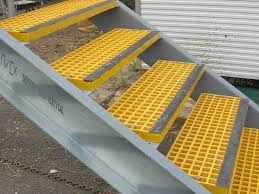
(rectangular tank with dimensions for grp calculation.)
FAQS on rectangular tank with dimensions for grp calculation.
Q: What dimensions are required to calculate GRP for a rectangular tank?
A: To calculate the GRP (Glass Reinforced Plastic) requirement for a rectangular tank, you'll need its length, width, and height. These dimensions help estimate the surface area for GRP lining or construction. Accurate measurements ensure proper material calculation.Q: How to choose the right GRP rectangular tank size?
A: Determine your storage needs and available installation space before selecting the tank's dimensions. The correct size ensures sufficient capacity and efficient use of GRP materials. Consulting with the manufacturer can help match your requirements.Q: What are the typical applications of a fiberglass rectangular tank?
A: Fiberglass rectangular tanks are commonly used for water storage, chemical storage, and processing applications. Their corrosion resistance and customized sizing make them suitable for various environments. Their design allows easy installation in tight spaces.Q: Why is GRP preferred for rectangular tank construction?
A: GRP provides excellent corrosion resistance, lightweight strength, and longevity compared to traditional materials. It's especially suitable for harsh chemical or outdoor environments. Using GRP ensures lower maintenance and extended tank lifespan.Q: How do I calculate the volume of a GRP rectangular tank?
A: Multiply the tank’s length, width, and height to get the volume (Length × Width × Height). Ensure all dimensions are in the same unit. This calculation is essential for determining storage capacity and GRP material needs.Latest news
-
Rectangular Tank with Dimensions for GRP Calculation Custom Fiberglass GRP Rectangular TanksNewsJul.07,2025
-
High-Quality Fiberglass Weir Custom FRP Weir & Fiberglass Tanks ManufacturerNewsJul.07,2025
-
CPVC FRP Pipe A Reliable Choice for Industrial Applications High Strength & Corrosion ResistanceNewsJul.07,2025
-
Fiberglass Scrubber for Effective Cleaning and Stain Removal – Superior Performance in Various ApplicationsNewsJul.06,2025
-
YT27 Rock Drill Sure, Here's a Similar Short Phrase Drilling Rock is Tough but Our Tool ExcelsNewsJul.06,2025
-
Stone Drill Bit for Hard Rock Wholesale – High Performance Toothed Button Bit OptionsNewsJul.06,2025


